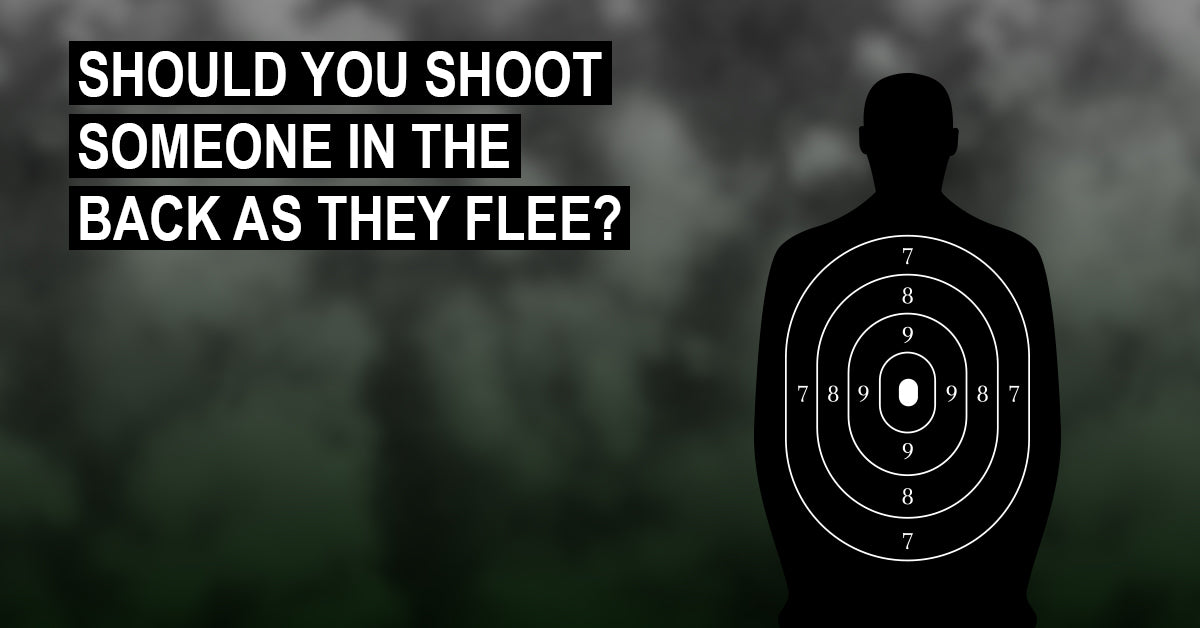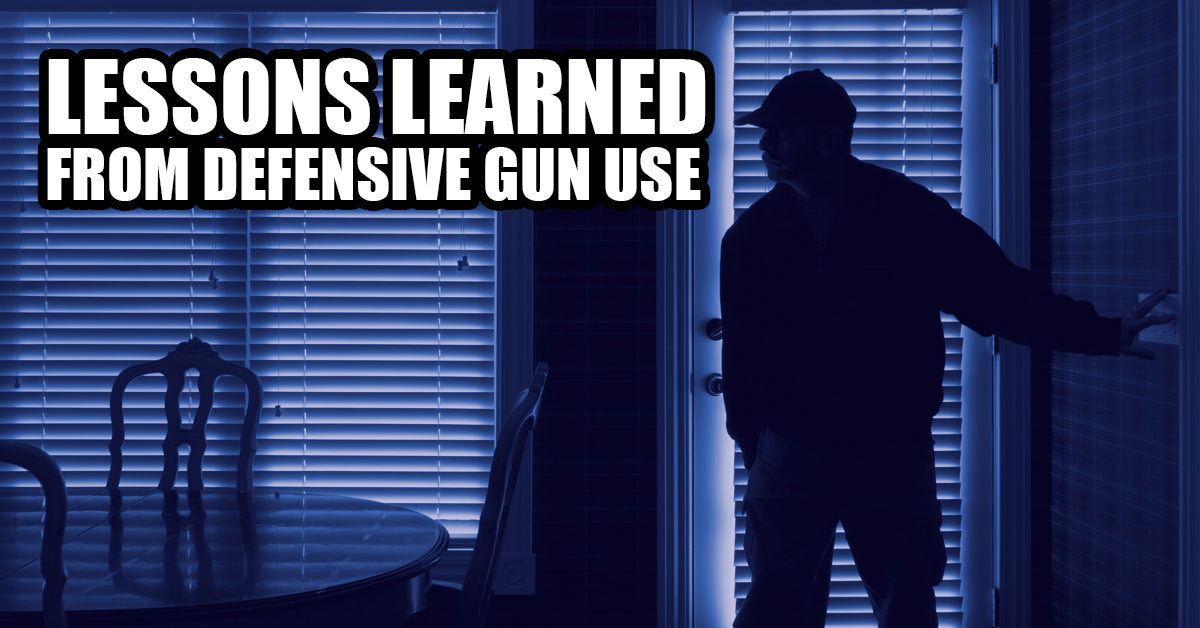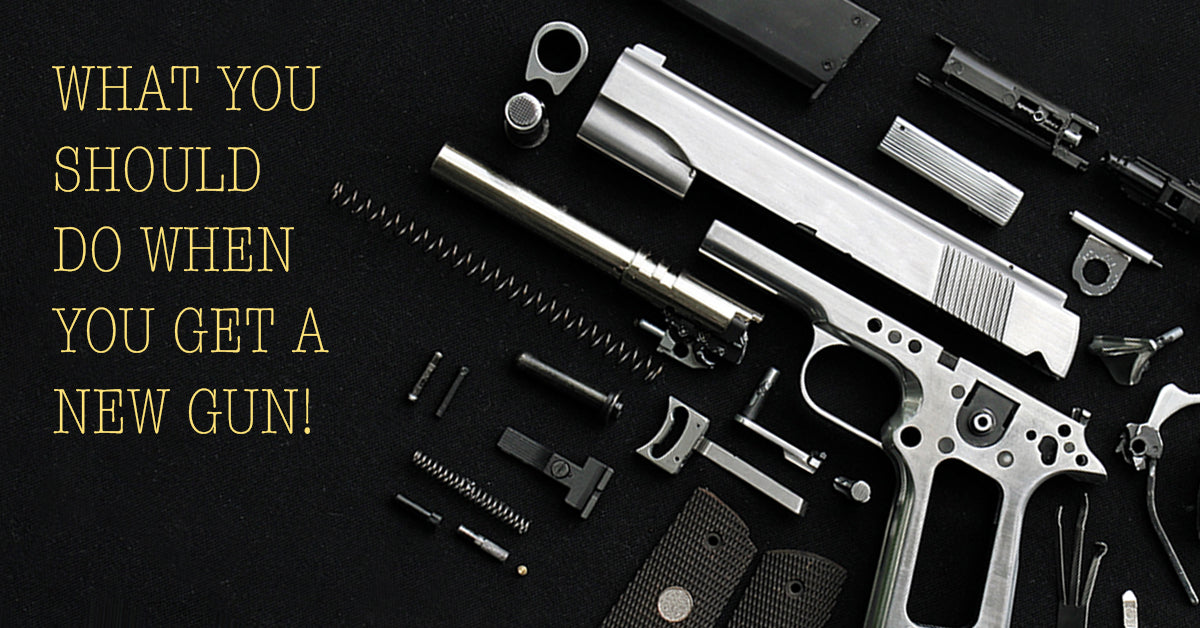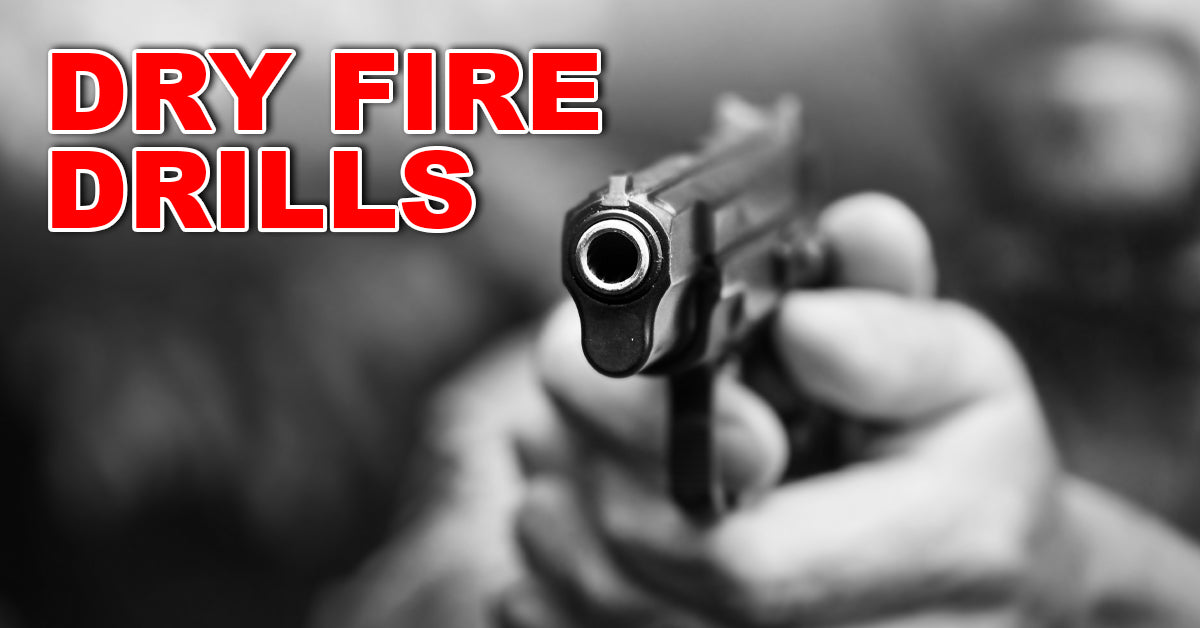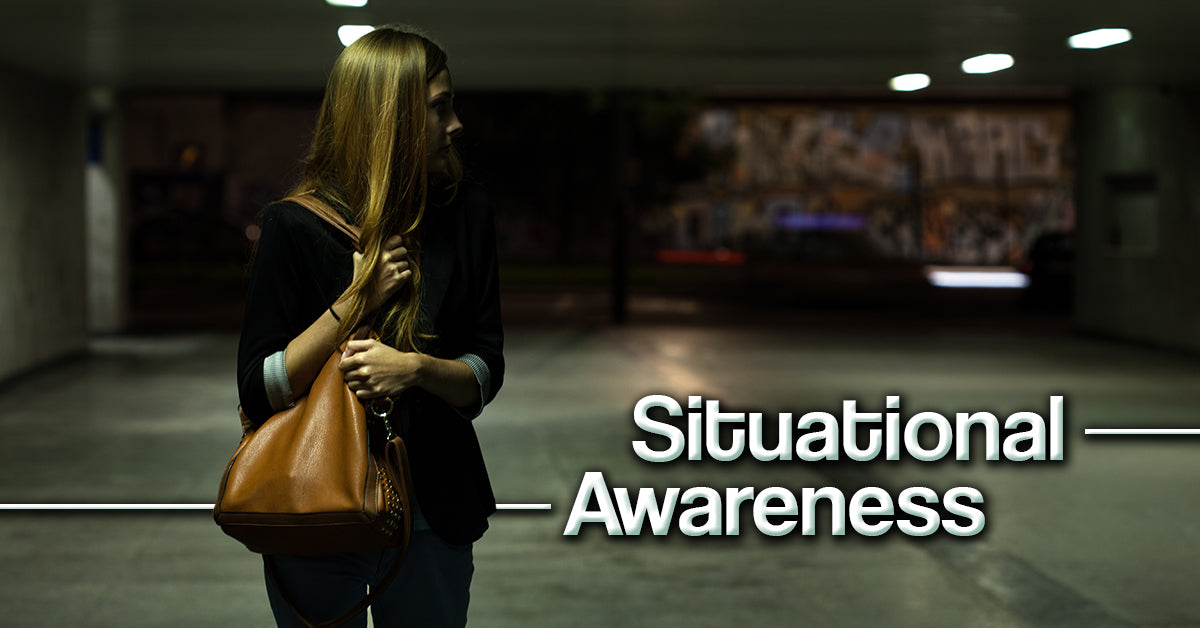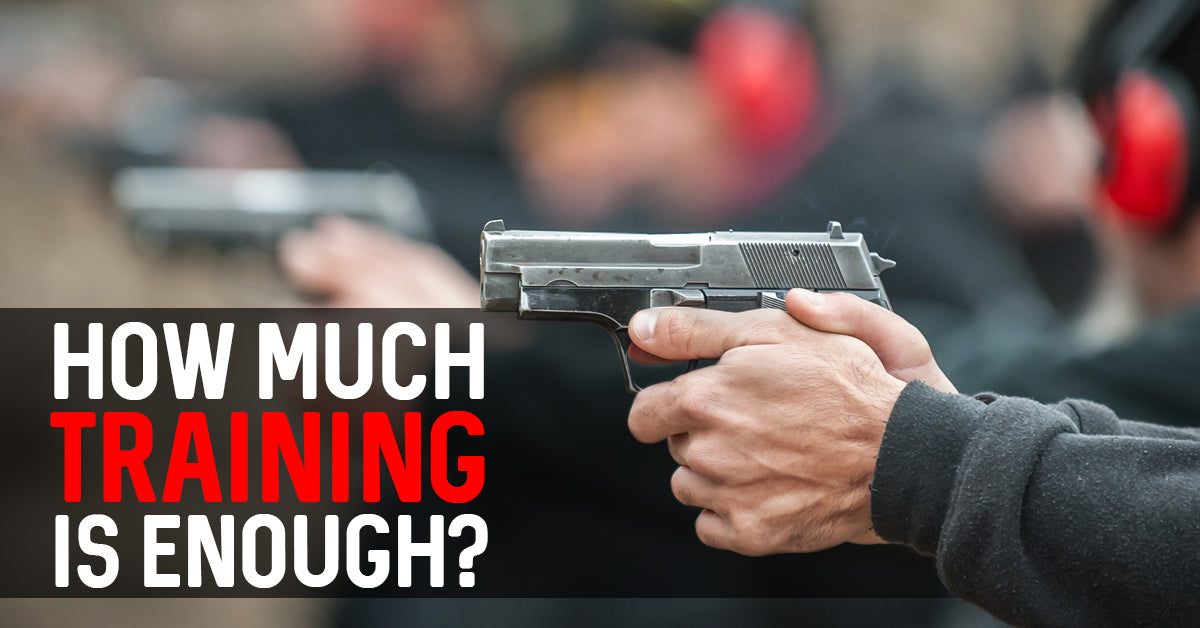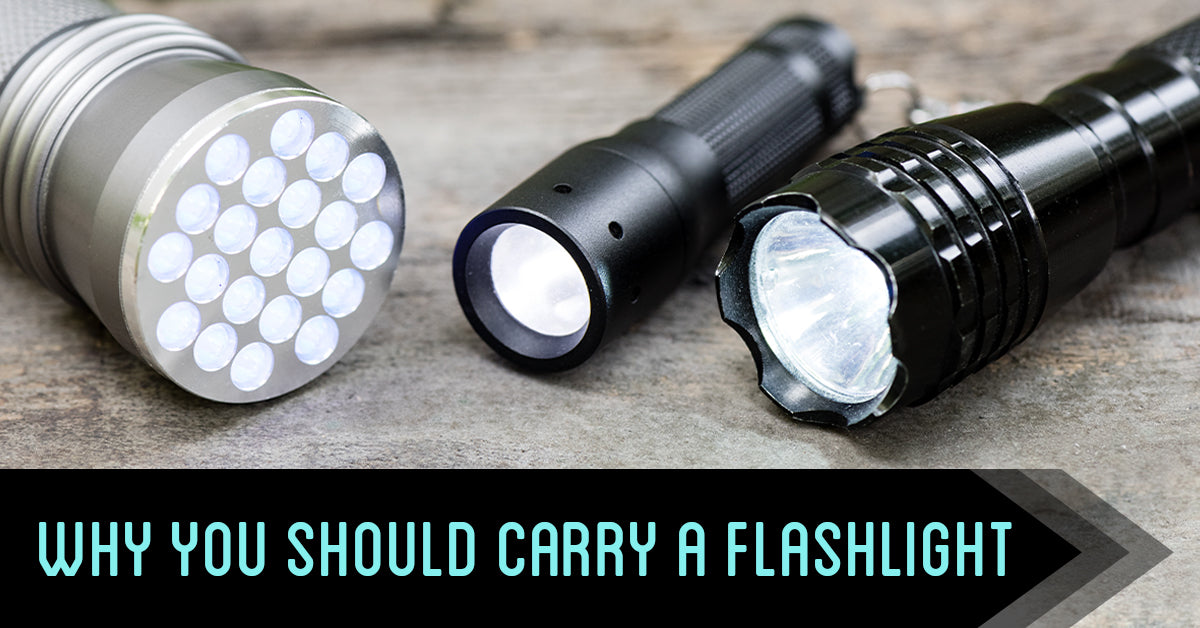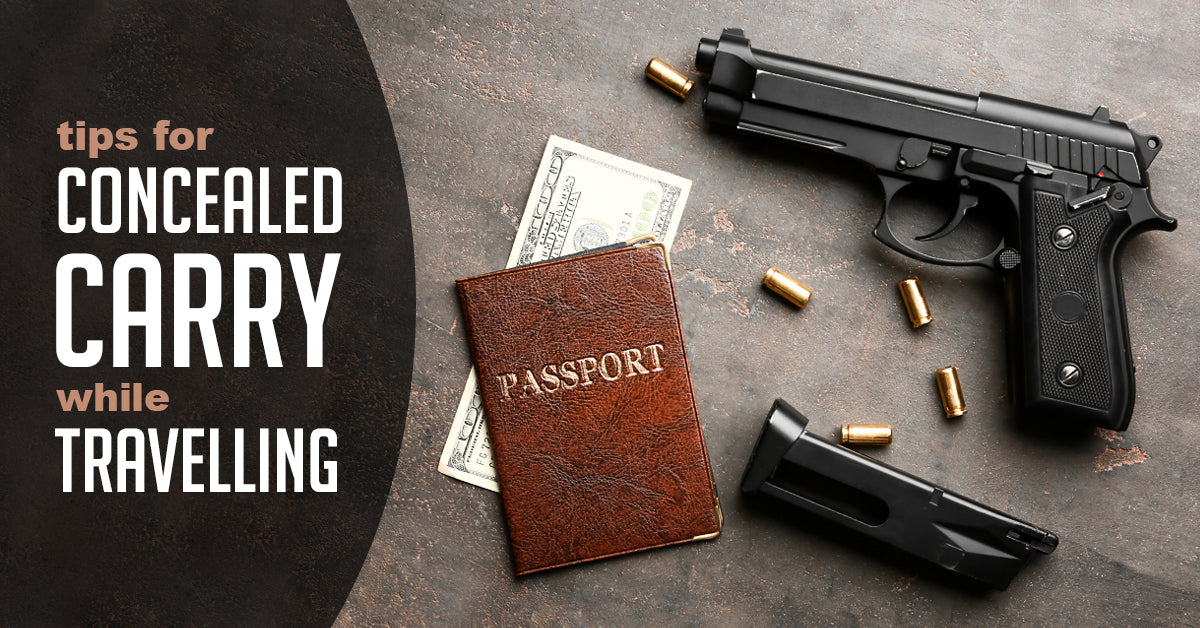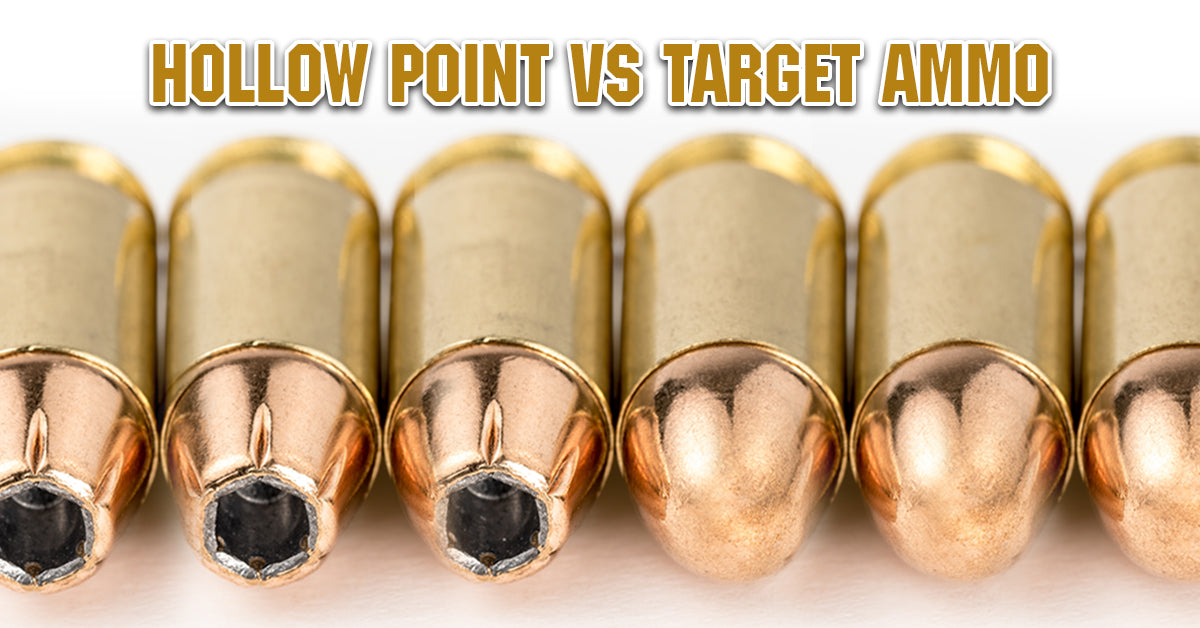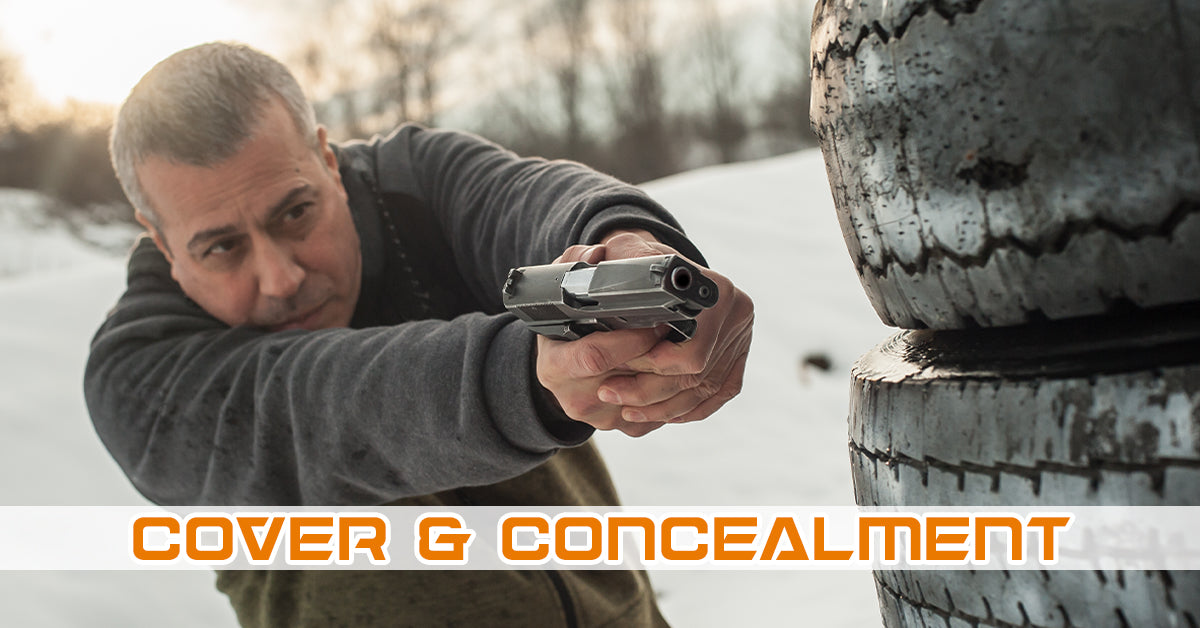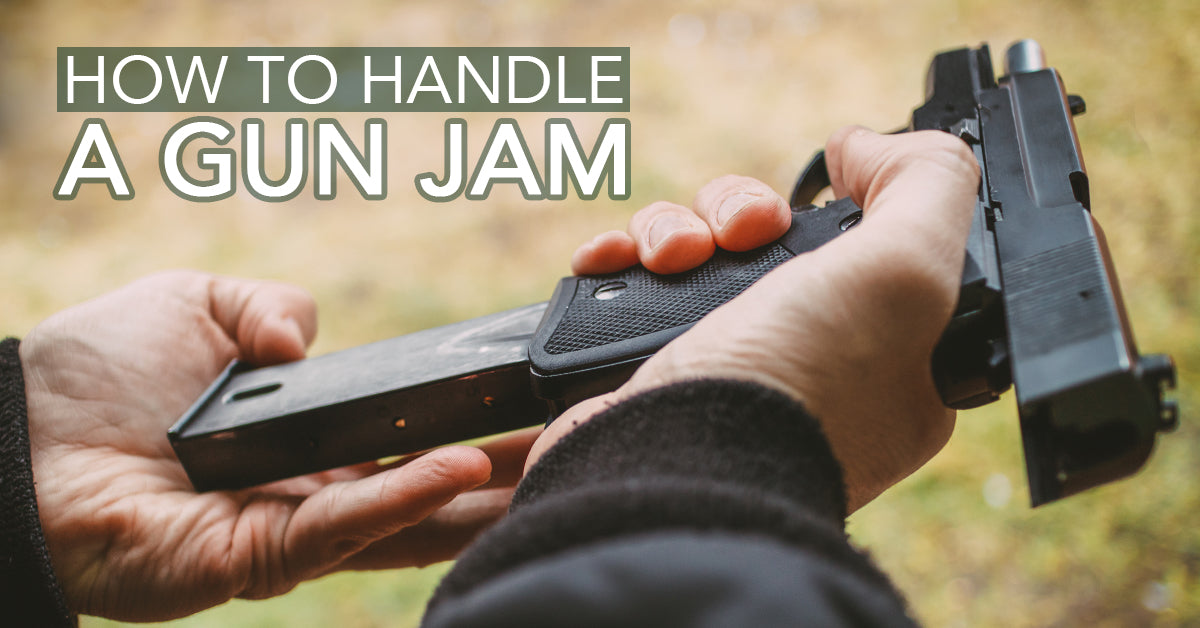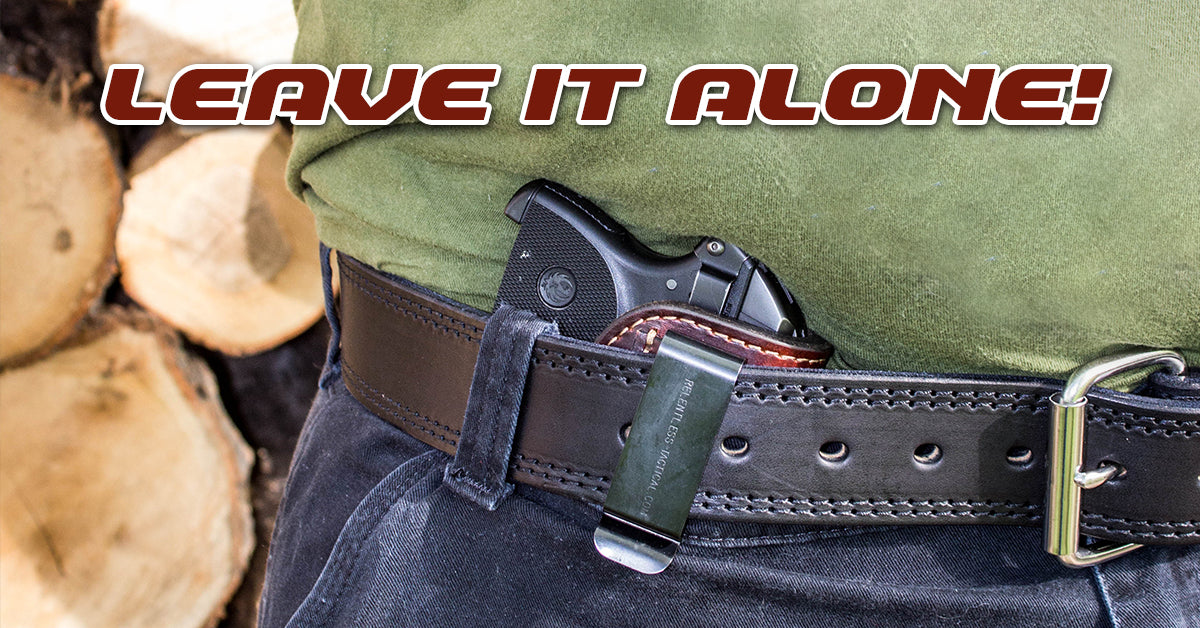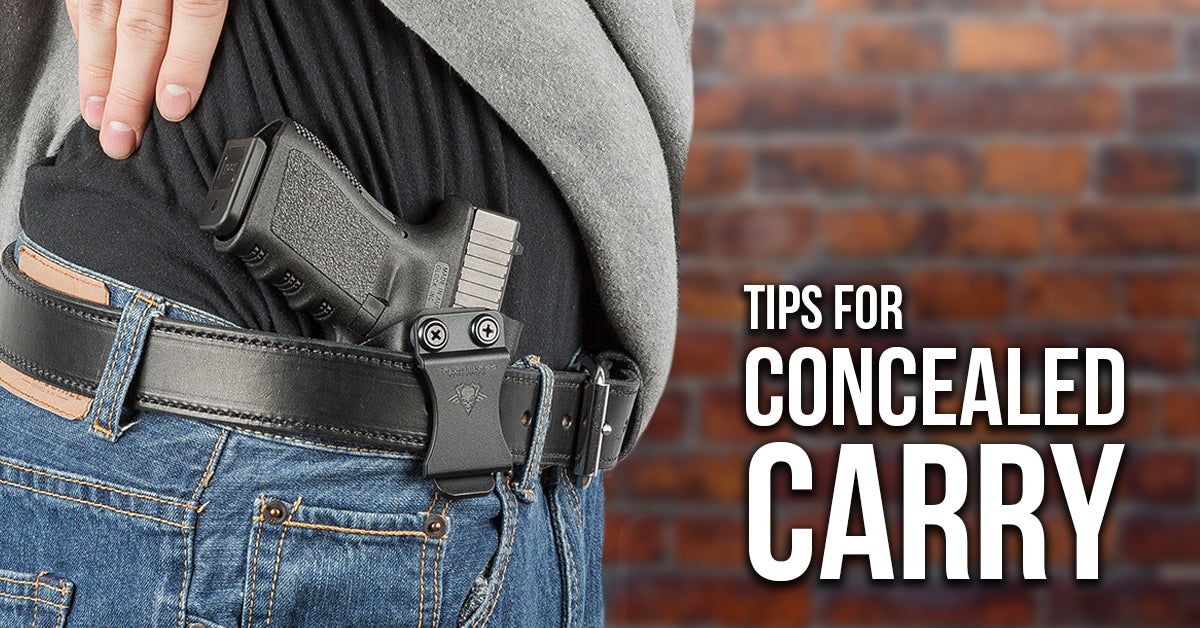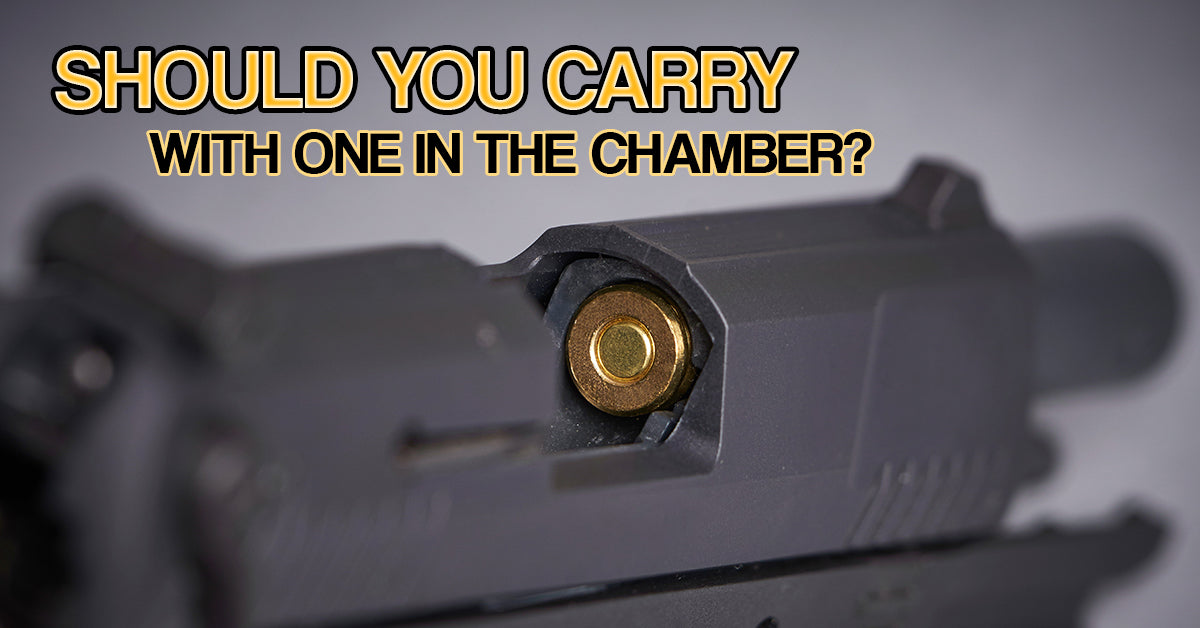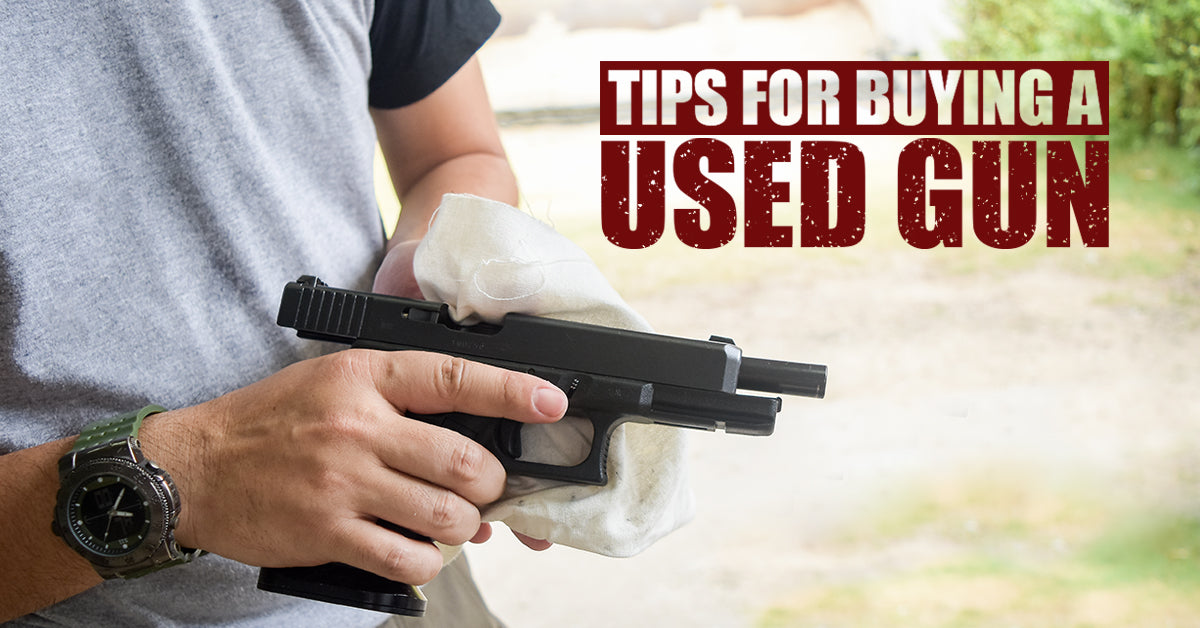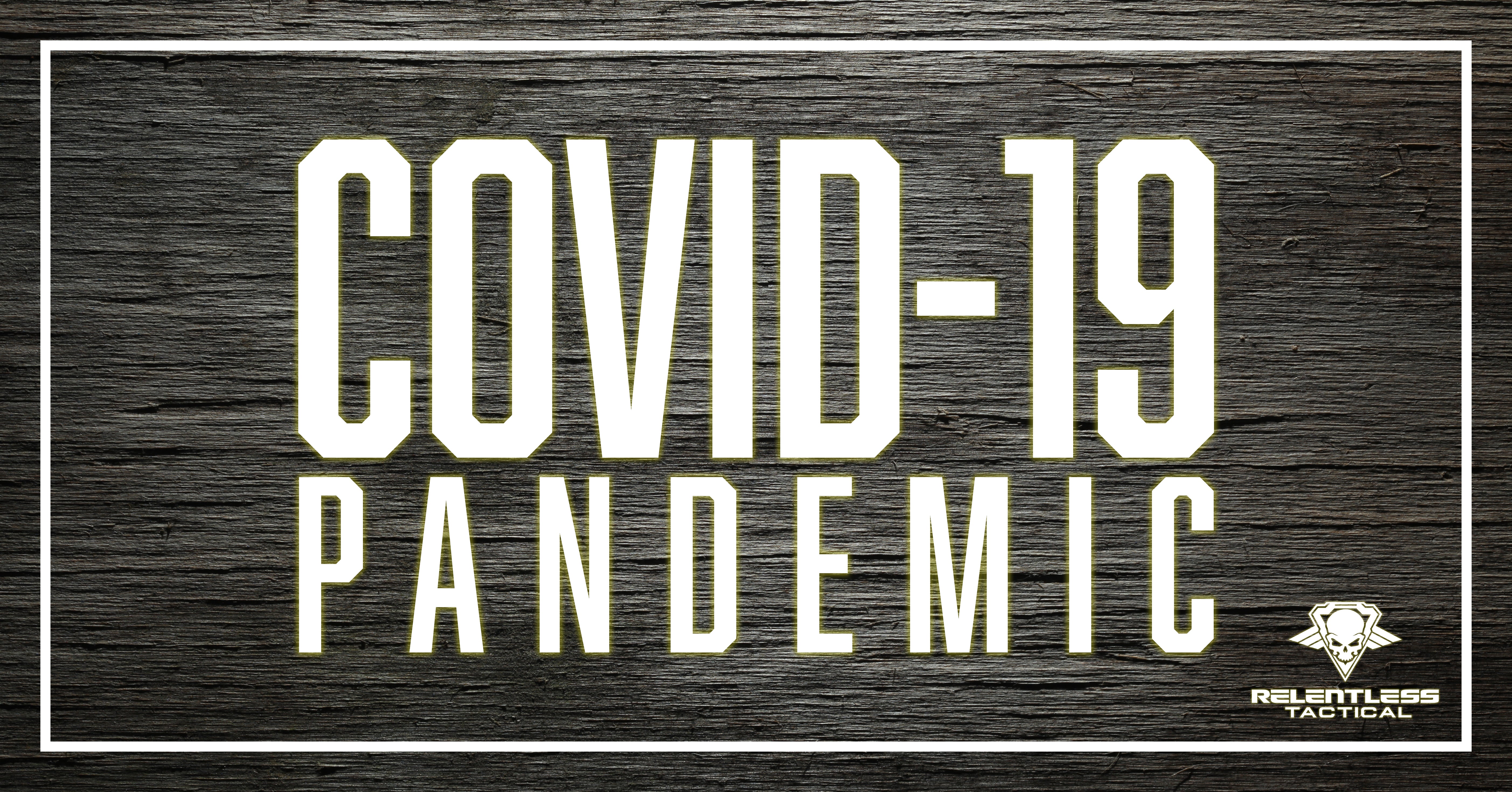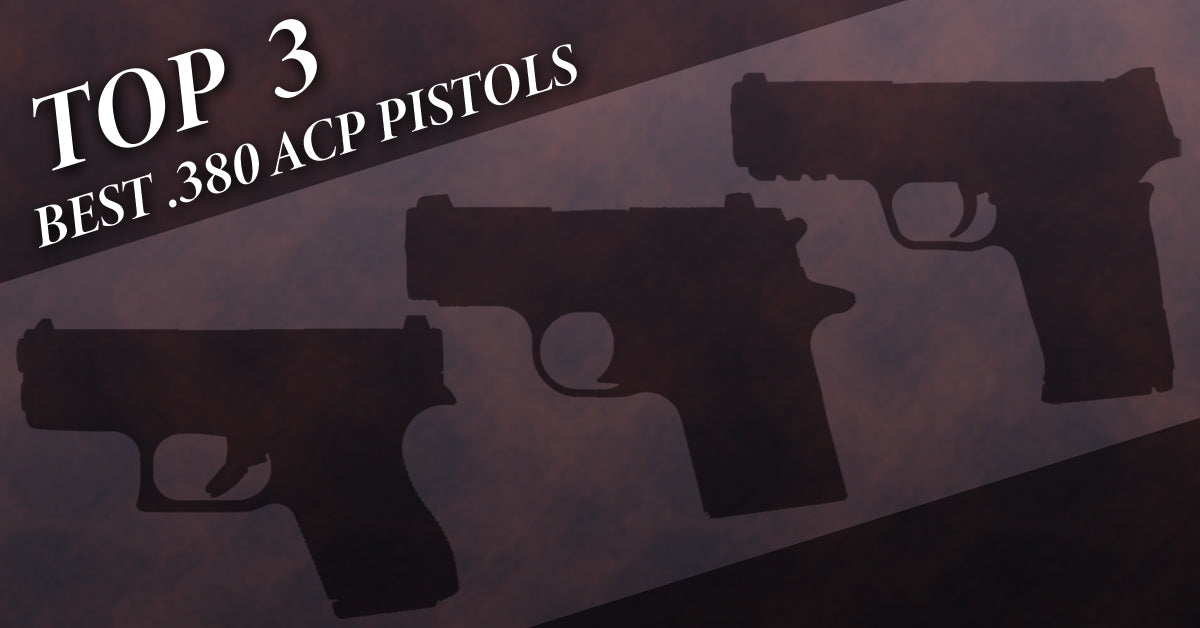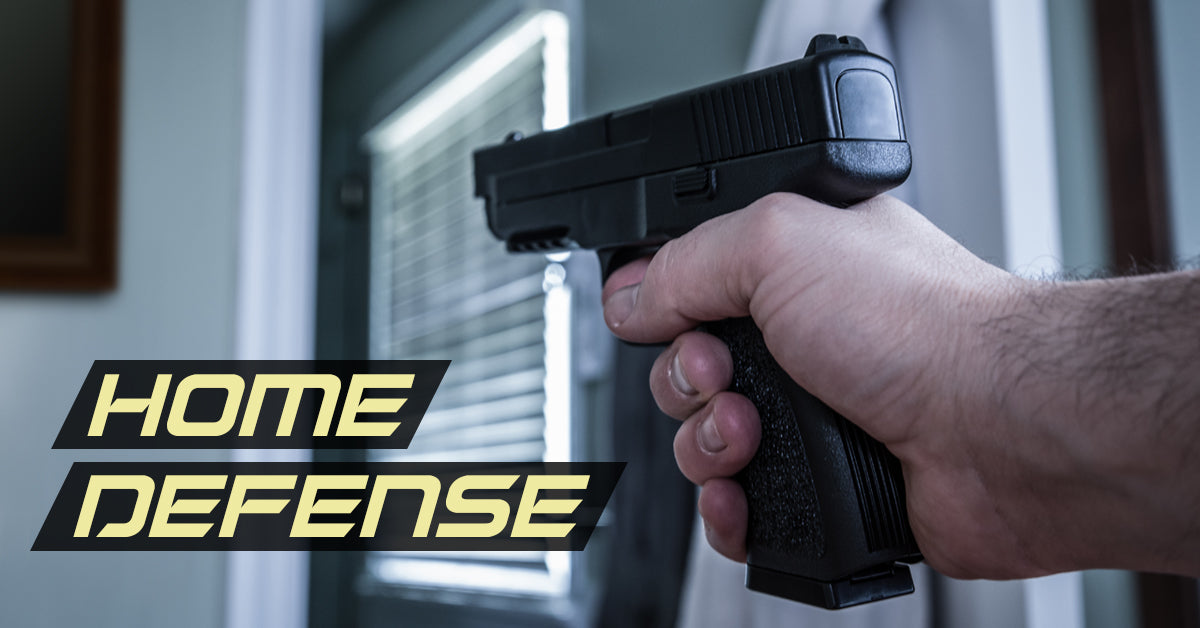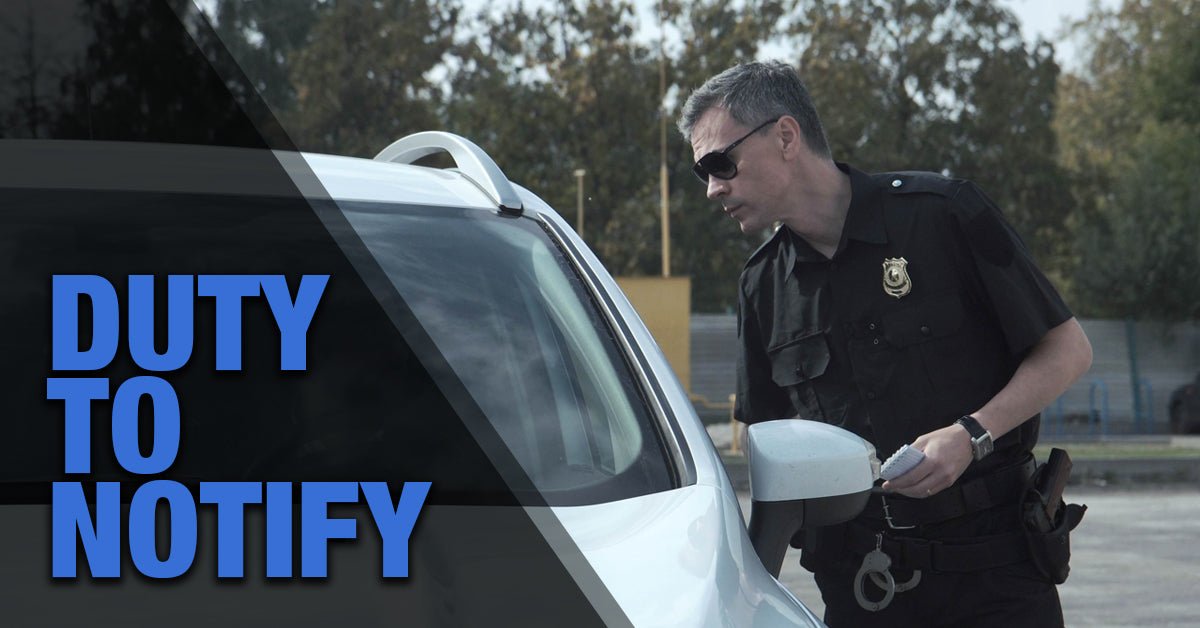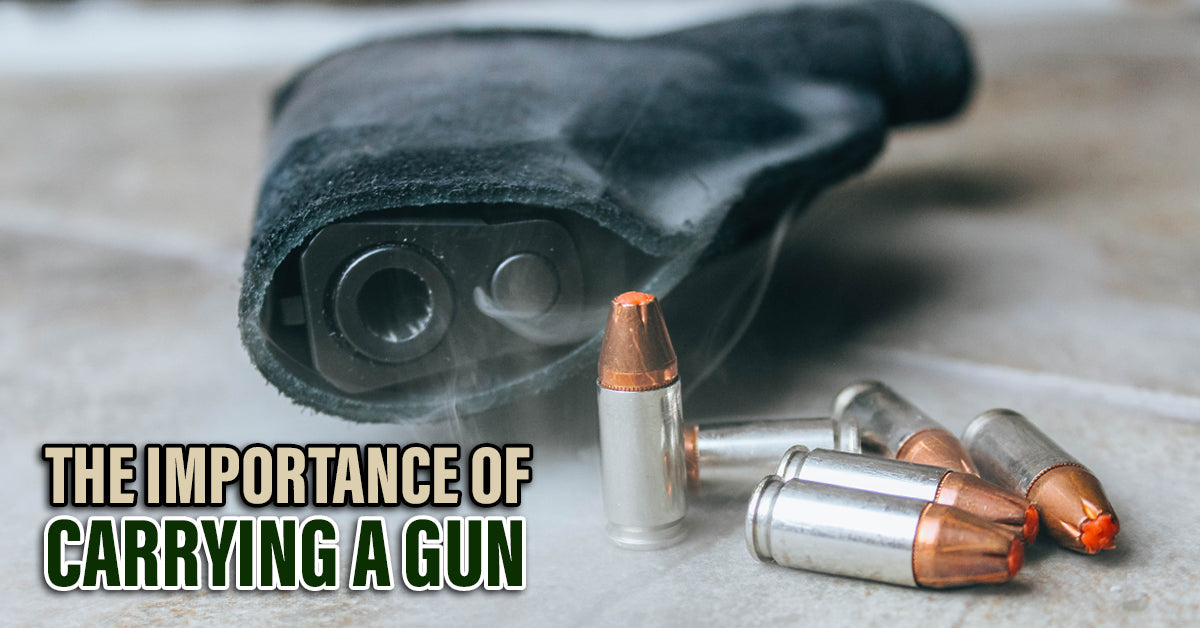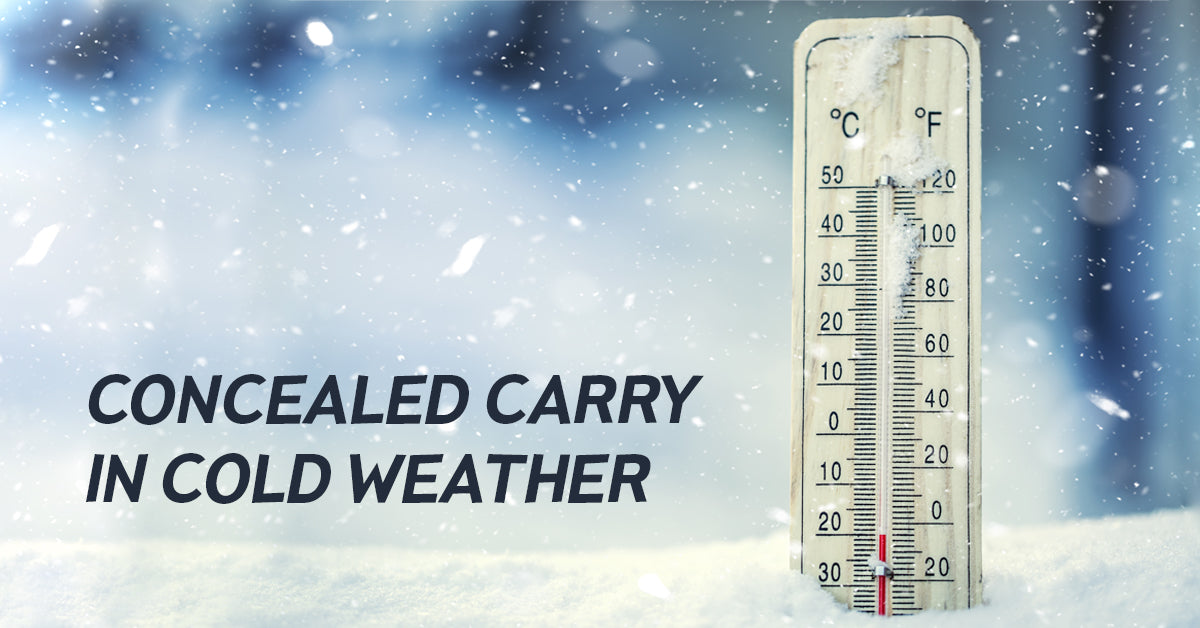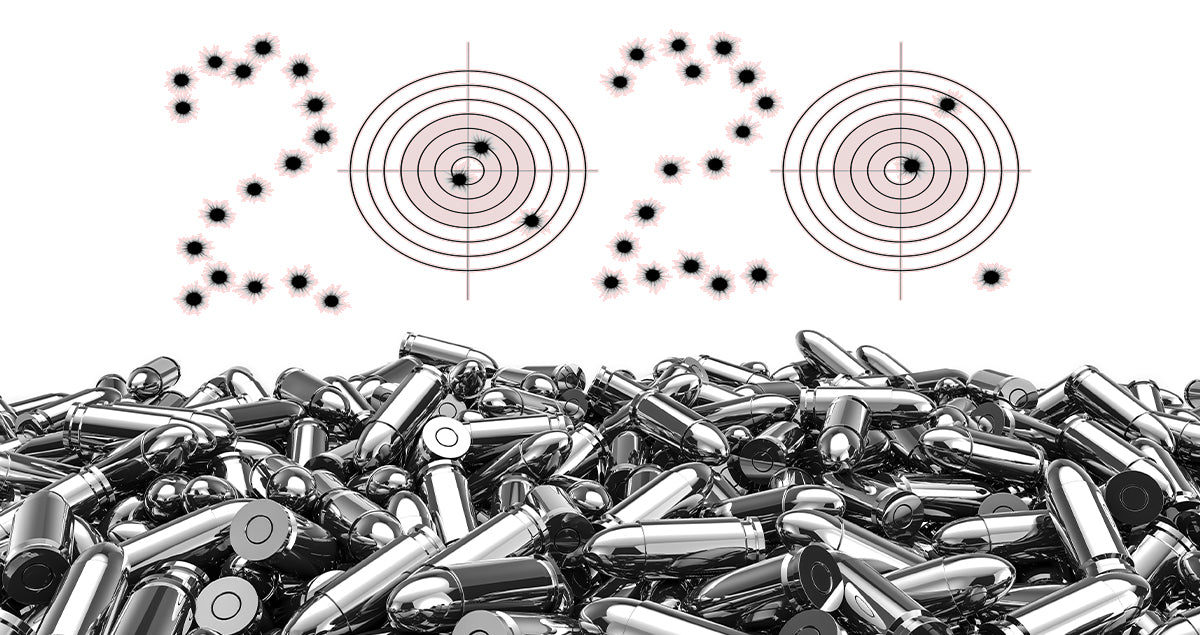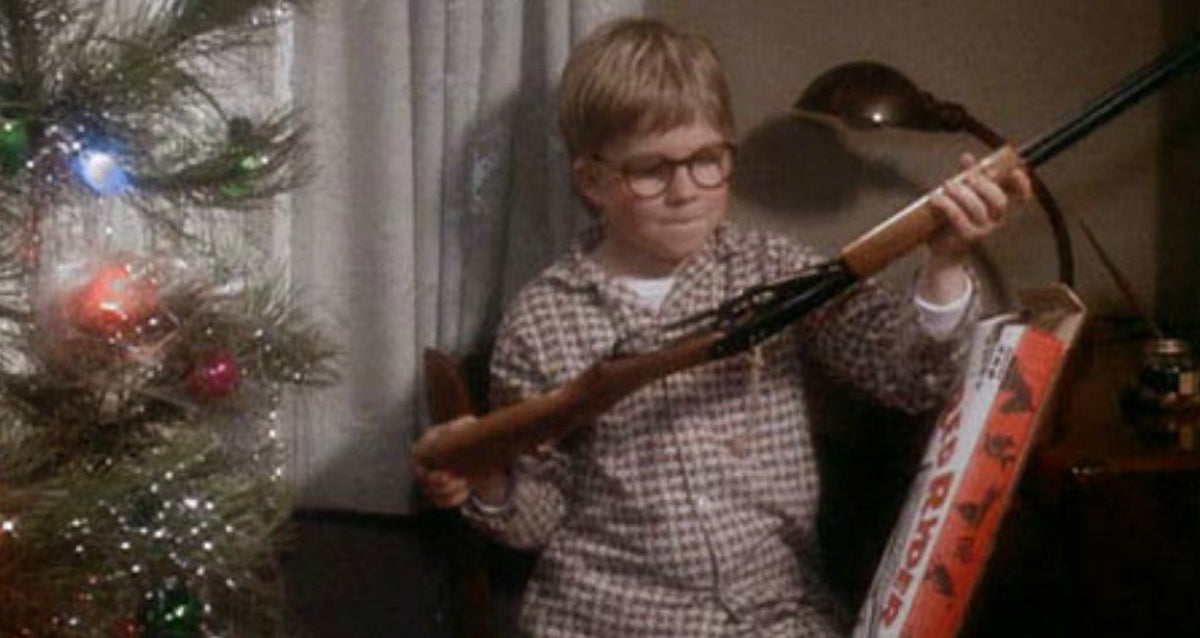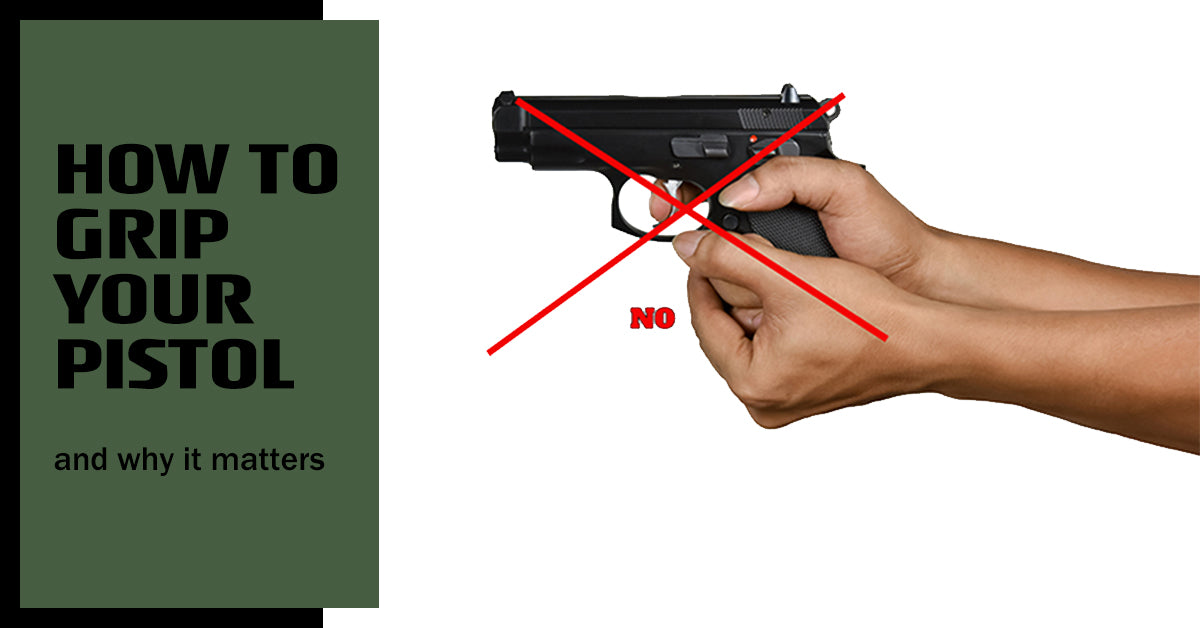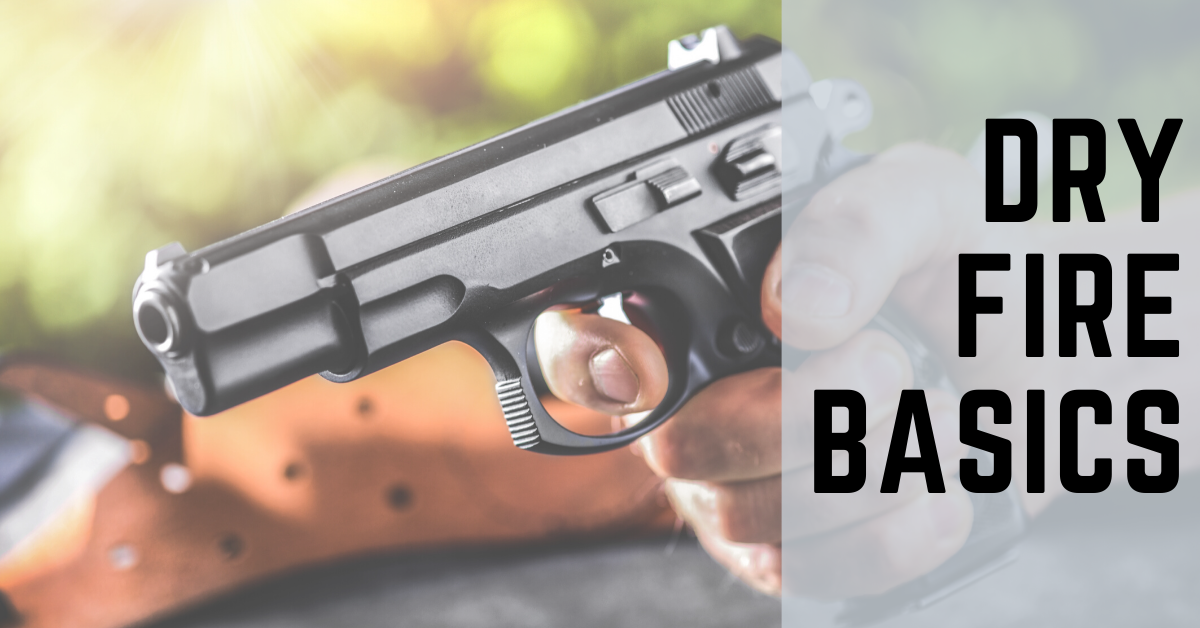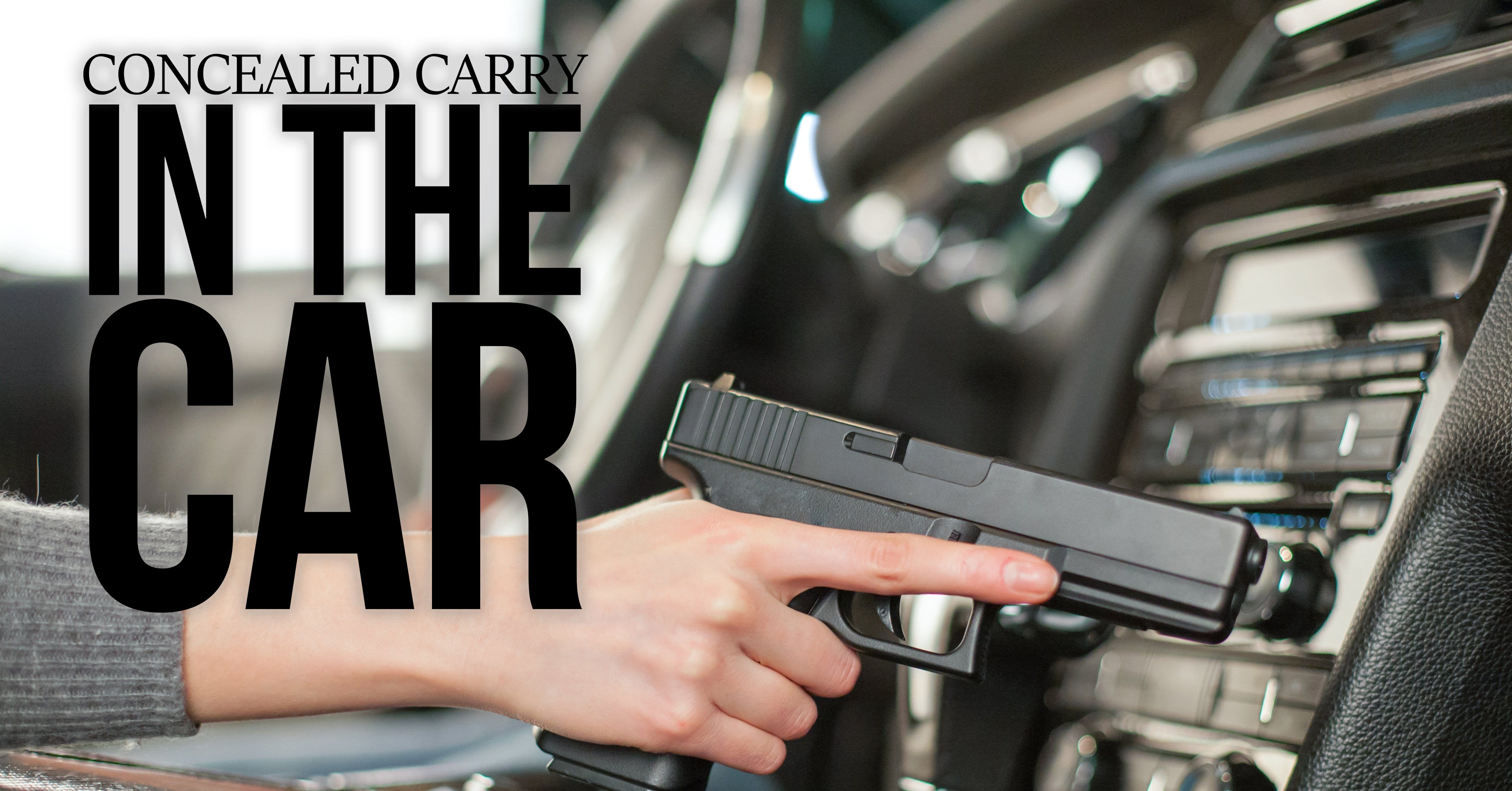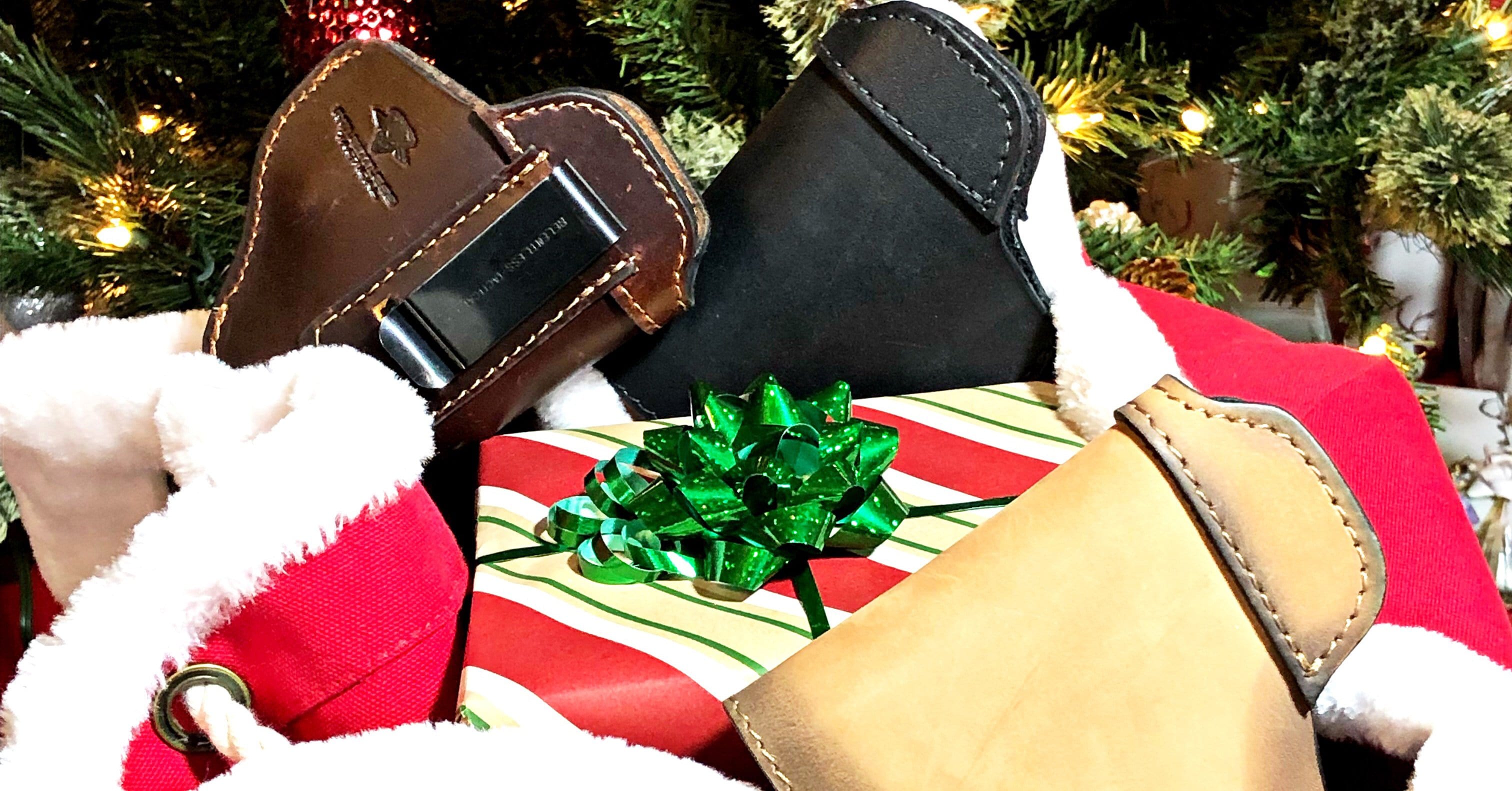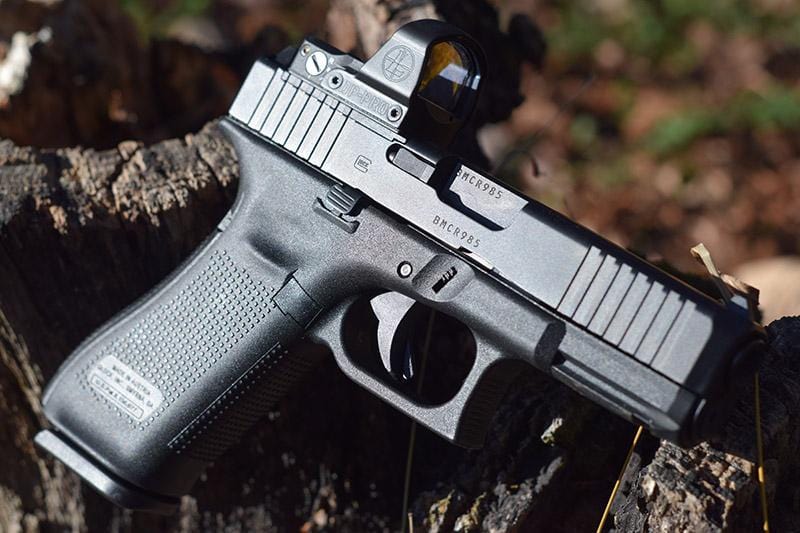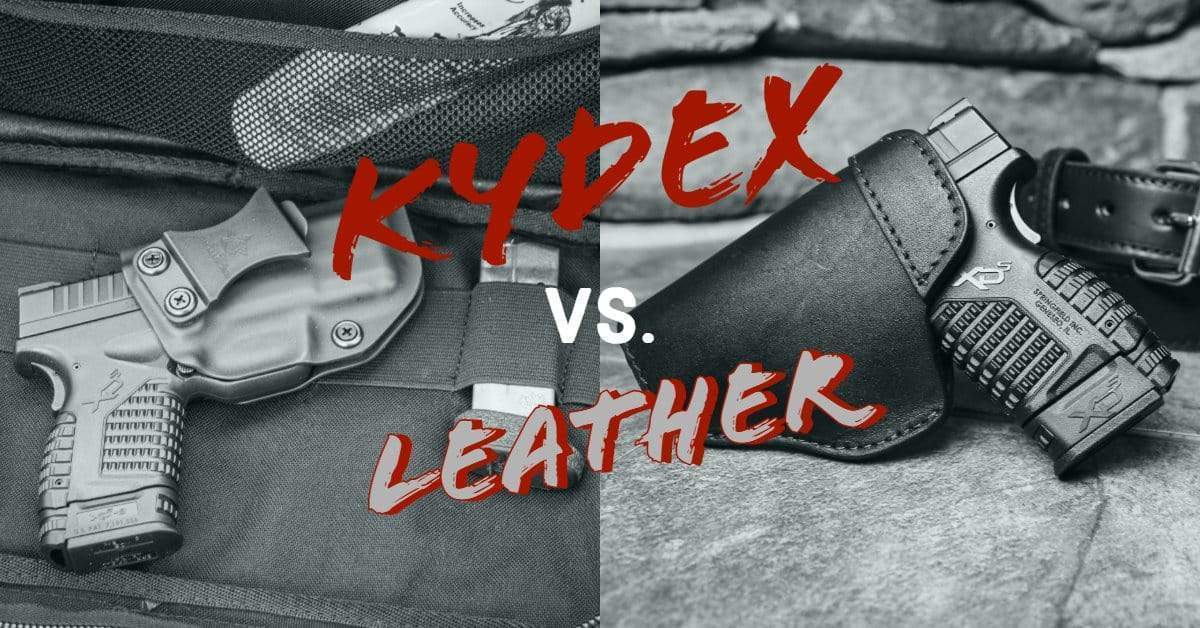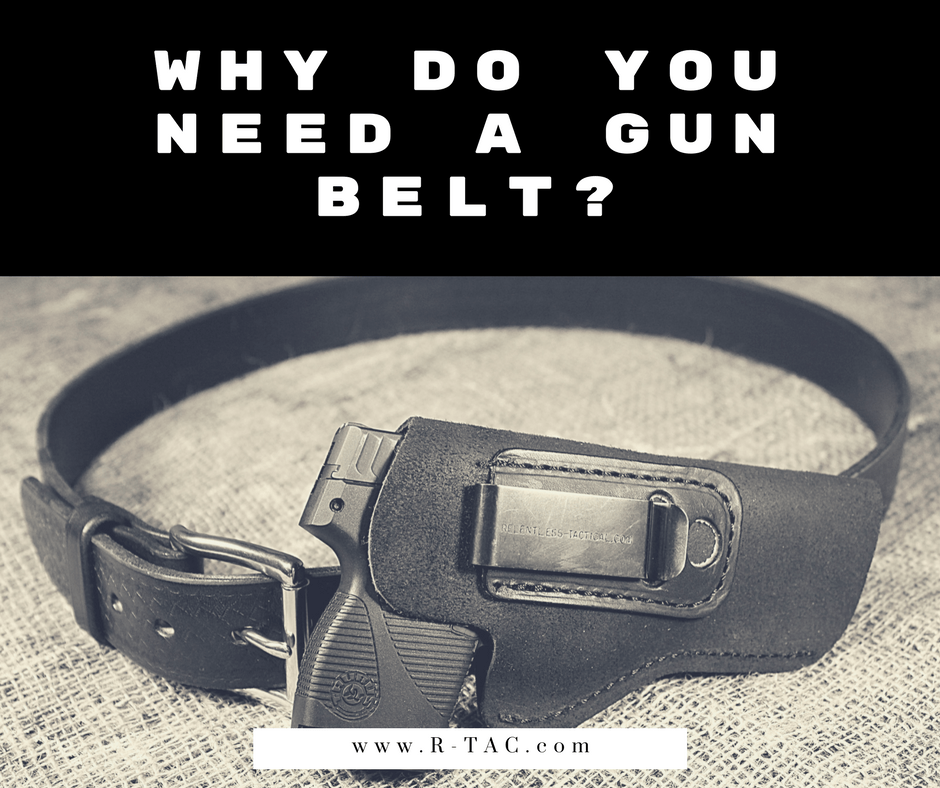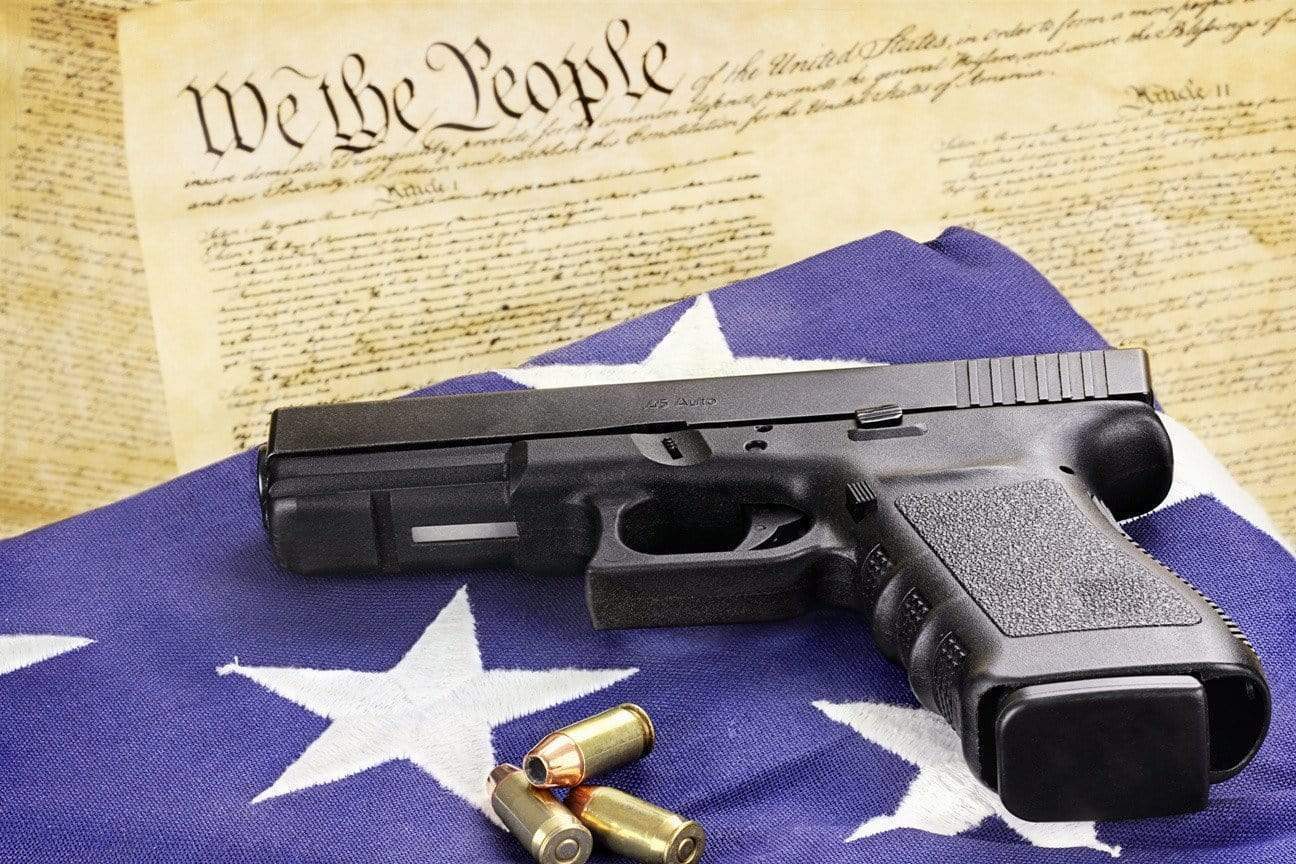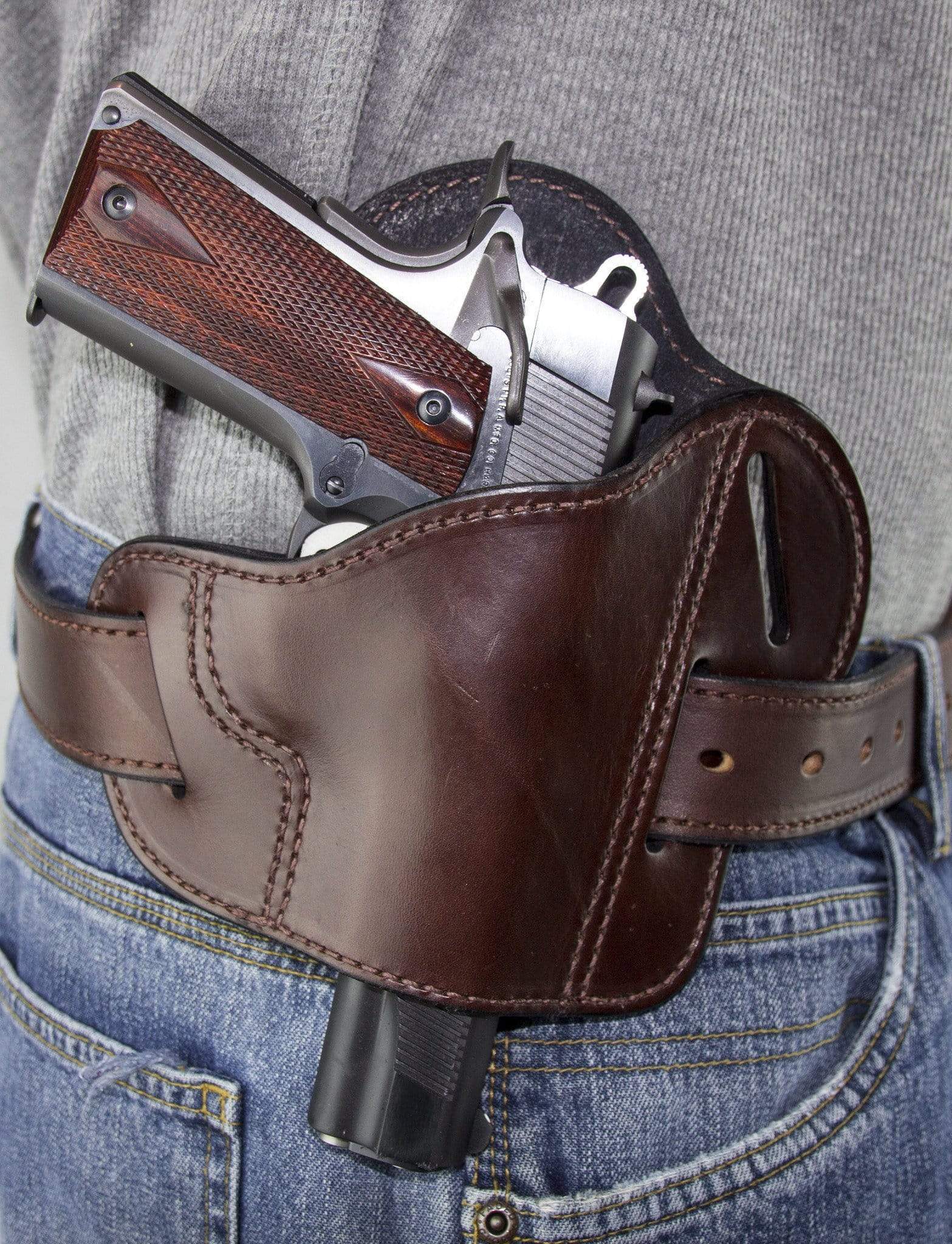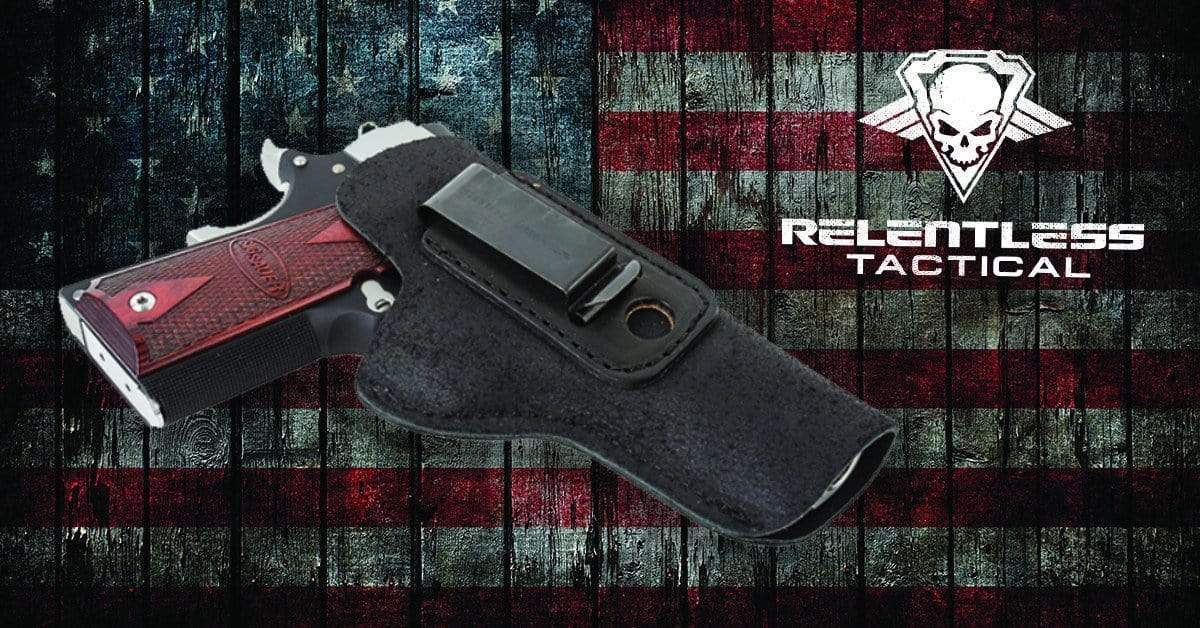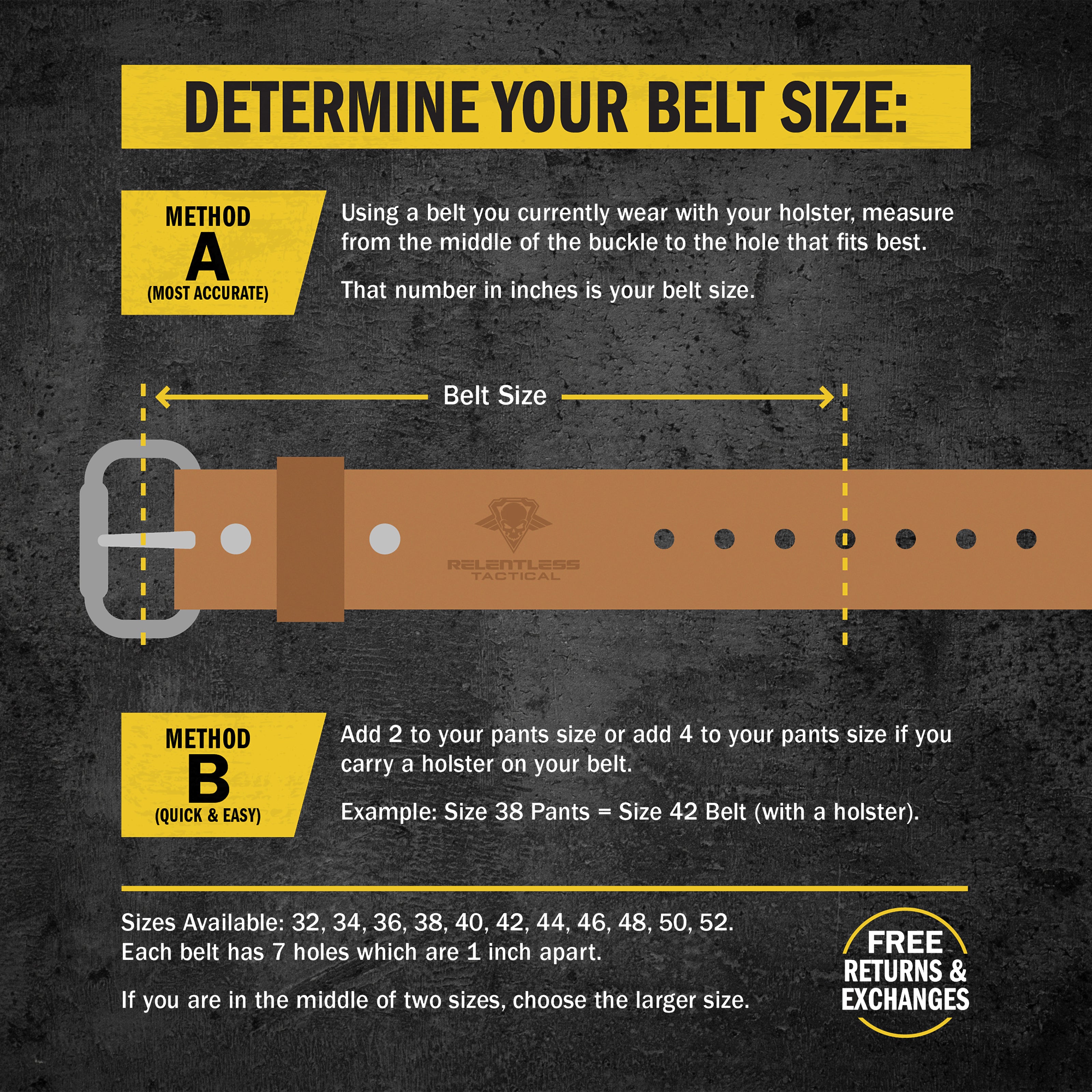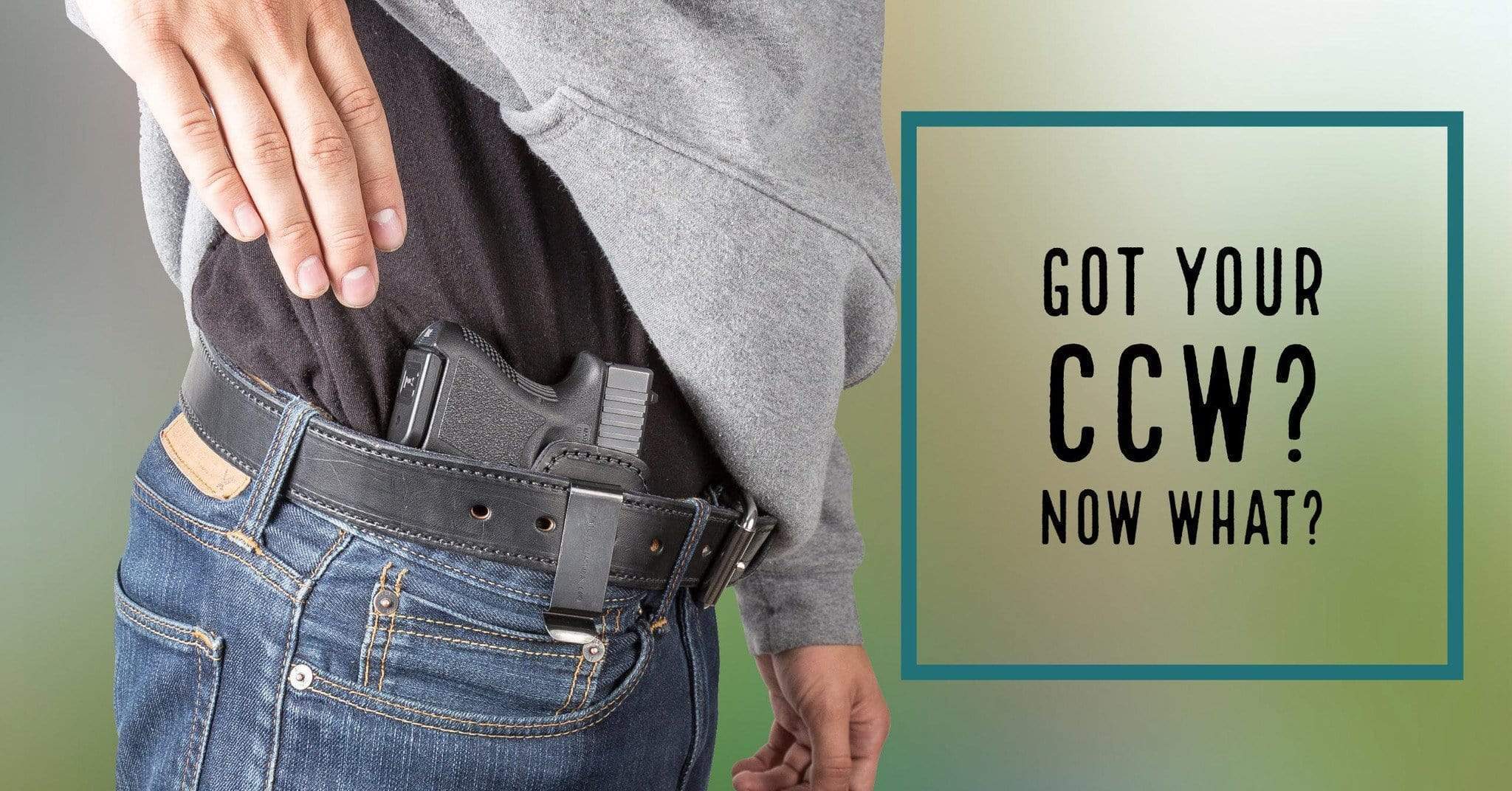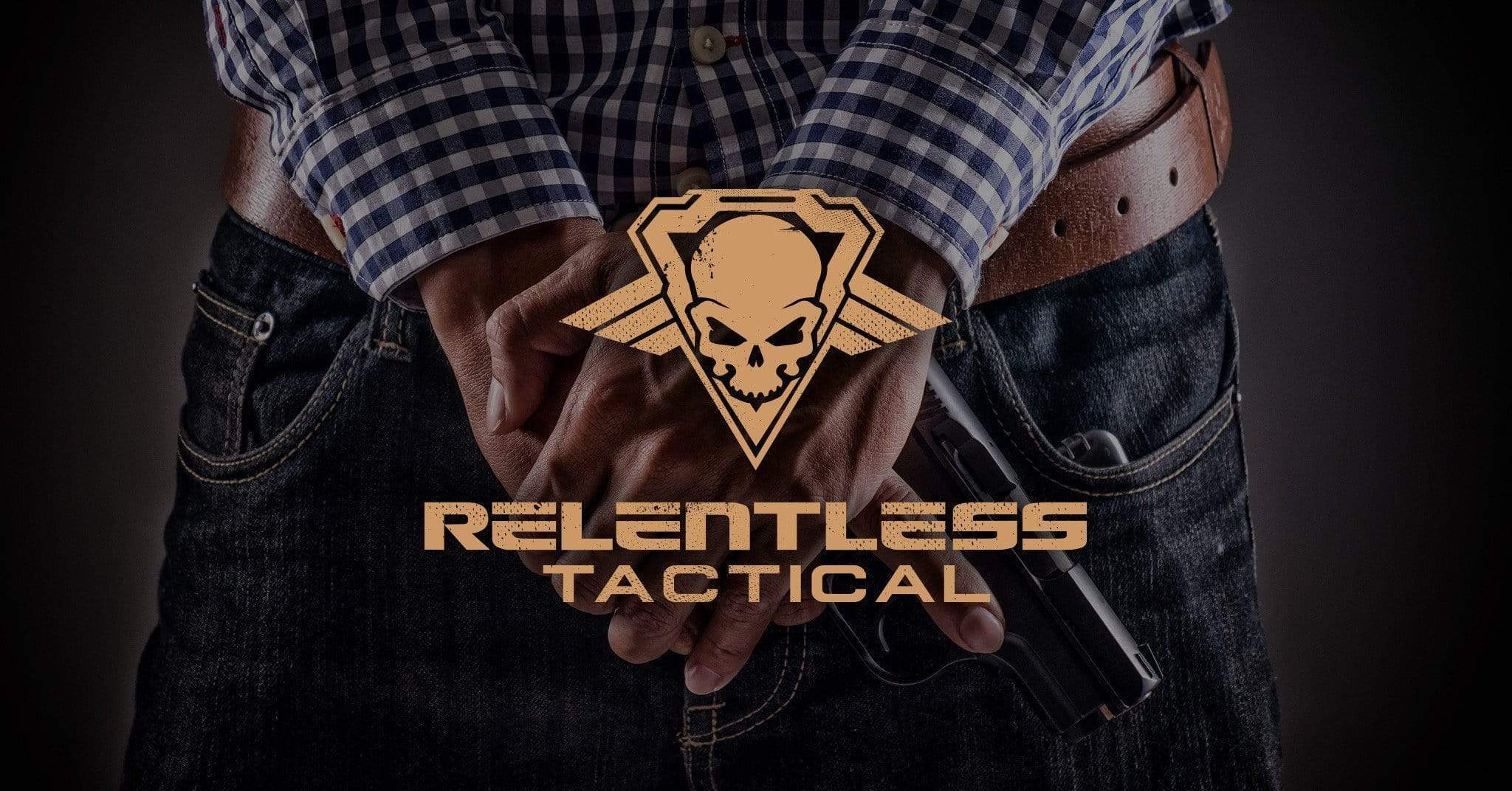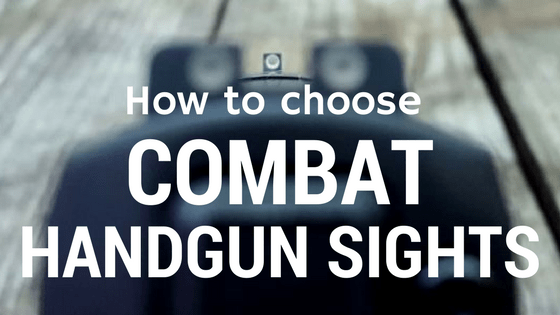How To Make The Most Out Of Your Range Training
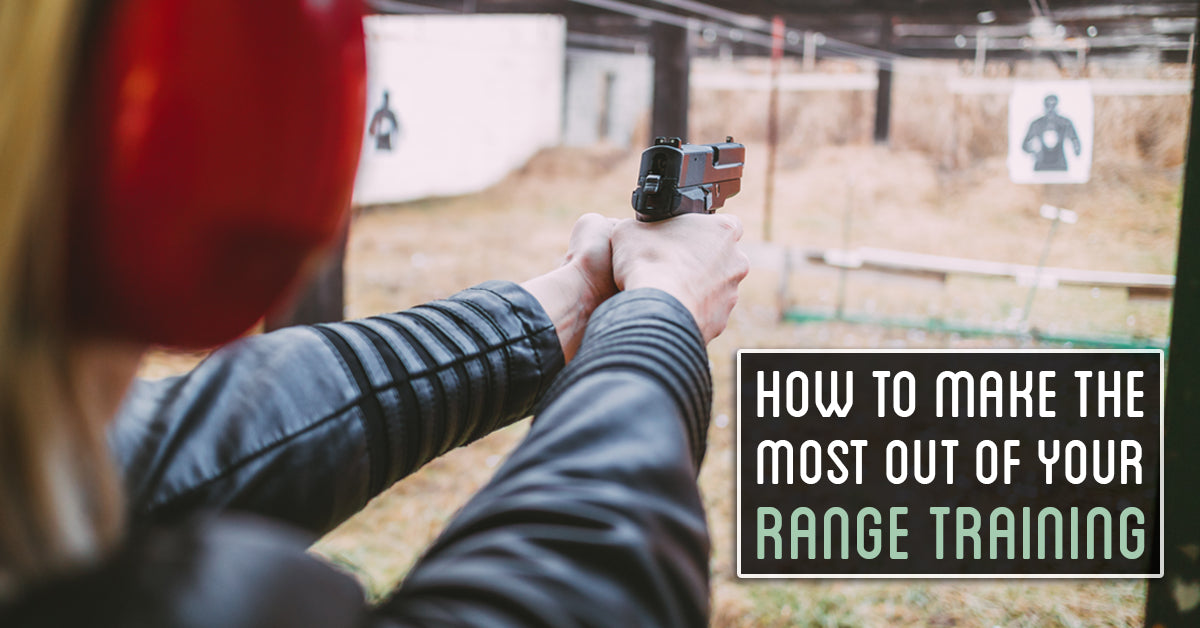
The saying, “you’re only as good as your last practice” has some value to it. While it’s not completely true, because if you’re training properly over the course of time it should help regardless of how your last training session went, the truth lies in the fact that you should try to train properly for anything you’re doing from playing an instrument to shooting your gun.
That said, there are certain things you can do at the gun range during live fire practice to really help you get the most out of your training.
It should start with your mindset. Not the concealed carry mindset we’ve spoken about in this article, but a training mindset. You don’t just want to go to the gun range to sling lead downrange at pieces of paper. That’s not the proper training mindset.
Instead, you want to go with the thought that you’re there to practice your defensive shooting skills to increase your level of proficiency just in case you ever need to defend yourself with your gun.
You don’t want to just go to the range and do target practice. Of course, trying to get bullseyes is cool, and you do want to improve upon your accuracy whenever you can. However, that should never be your only goal.
Proper training with your gun means practicing your fundamentals as much as possible, and trying to get as close to a real word scenario as you can while practicing.
What does this look like?
Practice from the draw or ready
If you’re a concealed carrier, and we have to assume that you are because you’re here reading this blog, chances are good that you own a holster, carry your gun in it, and even go to the range to shoot every so often. While it’s great news that you go to the gun range, it can be detrimental to your success in a critical self-defense incident if you’re not practicing with your holster and your gun.
In other words, if you don’t practice getting your gun out of your holster and on target, all you’re doing is setting yourself up for failure.
The biggest problem is that many gun ranges will not let you practice shooting from the draw for insurance reasons. If this is the case, bringing your gun up to the ready and training from there is the next best thing. For the purposes of this article, the “ready” is at your chest, or, the point in the drawstroke where your two hands come together after you’ve drawn your gun.
Always remember to keep your muzzle pointed in a safe direction.
From the ready, push the gun out to the target, acquire your front sight and picture, and press the trigger.
Bring the gun back to the ready position and do it all over again several times. If you’ve never done it before, you’ll find that acquiring your sights may be difficult. Don’t stop practicing because it’s the only way you get better.
You can start slow and continue to increase in speed, adding follow up shots, different shot combinations, etc.
Then, while at home, practice drawing from the holster with an unloaded gun. This is 100% something you need to master if you’re serious about concealed carry and the defense of life.
Getting your gun out of your holster with a proper grip is arguably one of the most difficult things you’d ever have to do and if not done properly during a critical incident, could put everything from your grip to trigger squeeze out of whack.
Add the stress of time
If there is one thing that almost all defensive gun uses have in common, it’s stress. Things being what they are with the human body, when presented with the opportunity to fight for your life, tunnel vision can set in. Time seems to move at a different speed and loss of motor function makes manipulating your firearm even harder.
While this can be extremely hard to train for because it’s hard to recreate, one of the ways people can train for it is to add the stress of time. What this means, is to not just go to the shooting range to put lead on paper, but bring a shot timer with you and see if you can beat your old times for drawing from the holster and getting a shot on paper.
While this will never completely simulate you needing to defend your life with your firearm, it helps to a degree and is better than nothing.
Shooting and moving
One of the worst things you can ingrain into yourself is just standing there like a stiff pillar with a gun extended towards the target, shooting. In all reality, defending yourself with your gun is not usually going to be a static thing. In fact, the argument can be made that once you start shooting, you should likely be moving to prevent yourself from getting hit, if possible. One of the reasons why is because you make yourself a harder target when you move. And as a byproduct, you also increase your chances of finding cover or somewhere to hide.
Granted, each situation will be different and sometimes you can’t move. This doesn’t mean you shouldn’t train to shoot and move, though, because it’s a different kind of marksmanship.
If your gun range does not allow this, and chances are good that they won’t, you’ll have to do it with dry fire at home. Some gun ranges do have what they call a “pit” area that’s designated for this type of shooting.
Oftentimes, ranges that host USPSA and other competitive shooting matches will have an area like this. It should also be said here that this area will usually also allow the shooter to practice shooting from the draw, as well.
Dry fire a few times
If you suspect you’re doing something wrong with your shooting fundamentals there is something you can do to help get back on the right track in just a few minutes.
Once you notice that you’re dropping more shots than usual stop shooting, shake out your hands, clear the gun of all ammunition and dry fire it a few times. Many times, this will help you diagnose what you’re doing wrong and give you a chance to concentrate your efforts to fix it so you can continue on with your training.
If you’re like most shooters, for example, you’re likely anticipating the shot and breaking the muzzle downward just before the shot does break--also known as flinching. If this is the case, dry firing a few times will help you clear that mistake from your system. Do it a couple times from the shooting line until you’ve successfully stopped the flinch, and then start shooting again.
You should improve.
Conclusion
When you’re a concealed carrier, one of the most important things you can do is proper training both at home with your dry fire practice and at the range during live fire. When you train properly you increase your chances of survival should the time come when you need to defend yourself with your gun.
Finally, try to find a good range that will allow you to safely train for self-defense shooting, and not just target practice.

